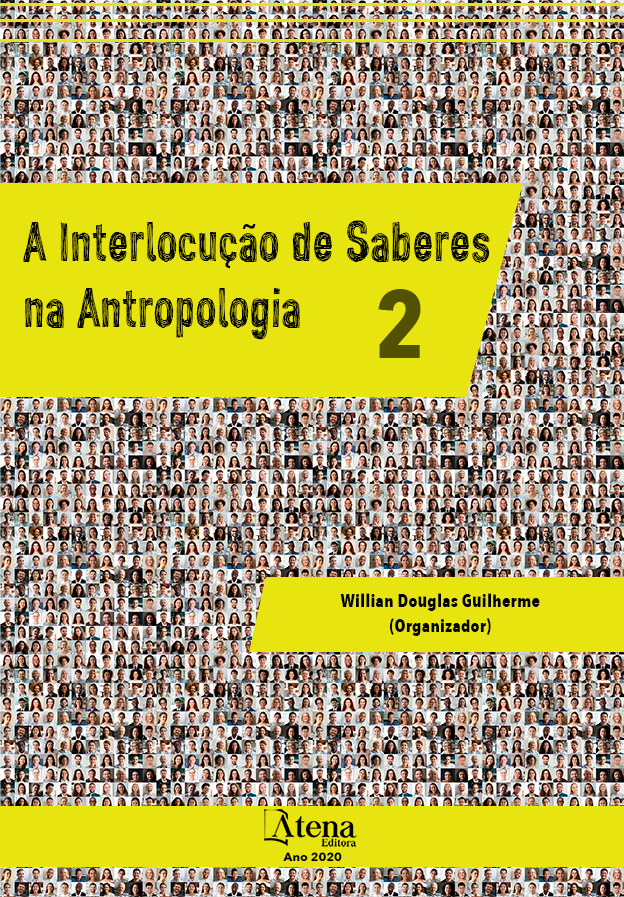
NOVAS CENTRALIDADES, NOVAS PERIFERIAS: NARRATIVAS DE FUGA NA FRONTEIRA ENTRE TERRITÓRIOS DA ZONA OESTE DE MONTEVIDÉU
Este artigo apresenta uma série de experiências e reflexões elaboradas a partir de um projeto de participação cidadã para a geração de uma nova centralidade no bairro Tres Ombúes, localizado na zona oeste de Montevidéu, no âmbito do Plano de Desenvolvimento Municipal do Município A. O projeto, que teve início em 2015 com a criação de um Centro Cívico e a construção coletiva de conteúdos sociais, culturais e comunitários, foi propiciando um deslocamento da intervenção na procura de uma maior participação daqueles que se localizavam –ou eram localizados– na periferia, entre os limites dos bairros Tres Ombúes e Cadorna. Neste espaço de fronteira, o trabalho em território viu-se desafiado a repensar a dimensão territorial por conta das múltiplas conexões e desconexões e dos processos de inclusão-segregação que ali se exprimem, tornando necessária a busca de novas formas de olhar, nomear e construir que denotassem o caráter relacional da realidade. Delimitar territórios adquire uma utilidade empírica sendo que organiza, administra e garante o acesso aos serviços públicos, porém, no nível simbólico habilita a produção de um outro marginal e indesejado. É na fronteira, nas margens do território onde é possível se encontrar formas de nominar e de pensar os espaços, narrativas de fuga que nos aproximem de um urgente e necessário processo de desterritorialização do pensamento.
NOVAS CENTRALIDADES, NOVAS PERIFERIAS: NARRATIVAS DE FUGA NA FRONTEIRA ENTRE TERRITÓRIOS DA ZONA OESTE DE MONTEVIDÉU
-
DOI: 10.22533/at.ed.75020110911
-
Palavras-chave: Território - Centralidades - Segregação - Fronteira - Narrativas de fuga
-
Keywords: Territory- Centralities- Segregation- Borders- Narratives of escape
-
Abstract:
This article shows a series of experiences and reflections elaborated from a project with citizen participation, to generate a new centrality in Tres Ombúes neighborhood, located in the west of Montevideo, within the development of the Municipal Plan of the Municipality, started in 2015, with the creation of a Civic Center, and the collective creation of social, cultural and community contents, which gave place to a displacement of the task, searching for more participation, of those who lived or were located in the outskirts within the limits of Tres Ombues and Cadorma neighborhoods. In this border place, the task in the field was challenged to rethink the territorial dimension due to the multiple connections and disconnections and to the inclusion- segregation processes shown there, turning it necessary to search for new ways of looking, naming, and building that showed the relational character of reality. Delimiting territories has empirical usefulness when organizing, managing, and ensuring access to public service, but placing it on a symbolic level, it enables the creation of a marginal and unwanted other.It is in the border, in the margins of the territory where other forms of naming and thinking the spaces, narratives of escape that bring us closer to an urgent and necessary process of deterritorialization of thought, can be found.
-
Número de páginas: 21
- Valeria Giménez Carratú
- Romina Pedreira Cabrera


